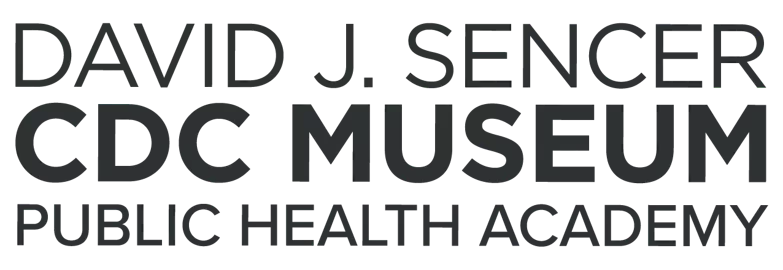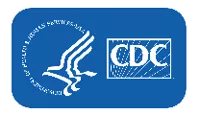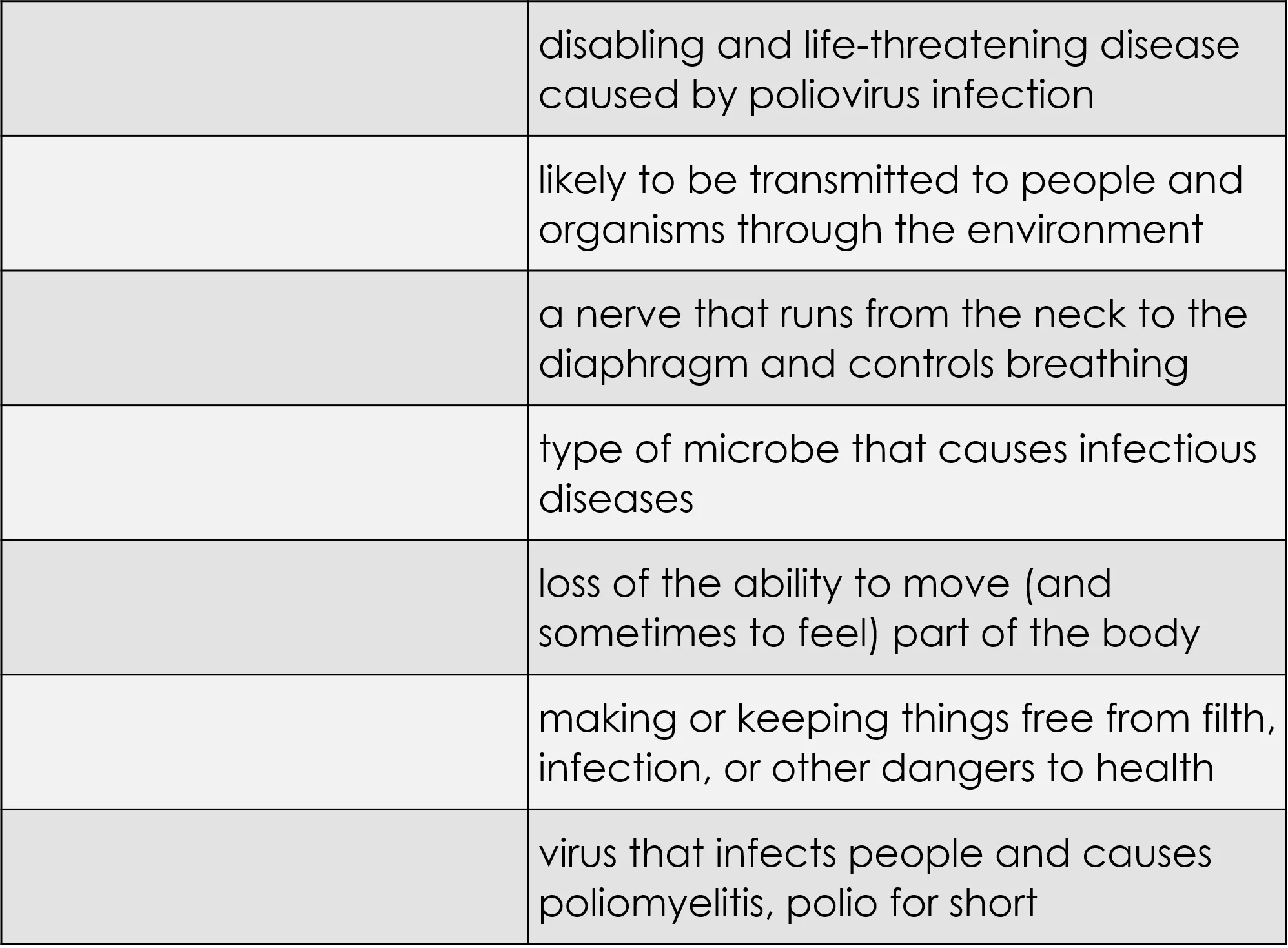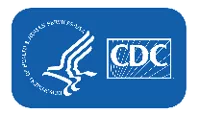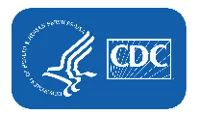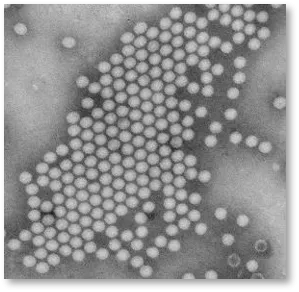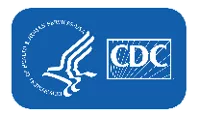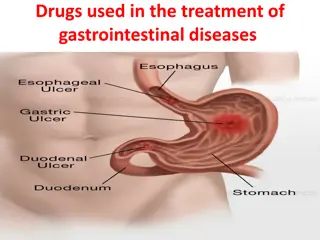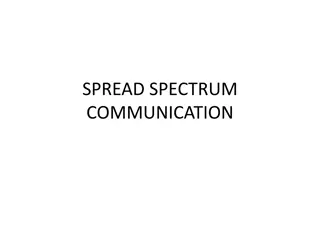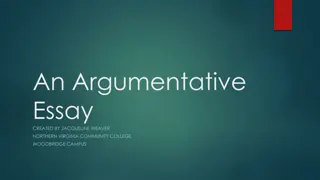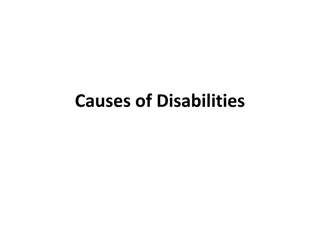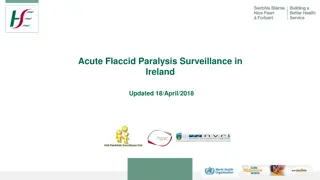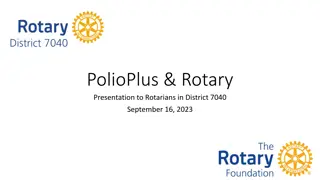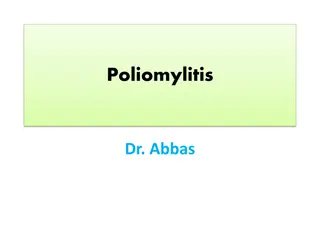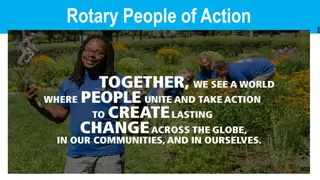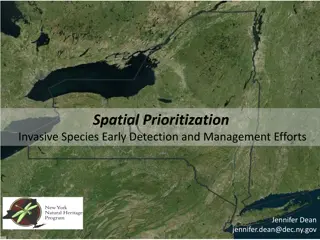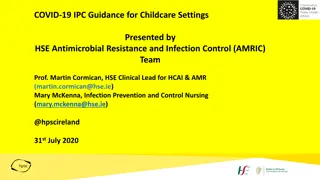Polio: Causes, Spread, and Eradication Efforts
Polio, a disabling and life-threatening disease caused by the poliovirus infection, can spread through contact with infected feces or droplets from sneezes/coughs. It mainly affects children, potentially leading to paralysis or respiratory issues. Lack of clean water and sanitation contributes to its prevalence in some communities. Efforts led by organizations like the CDC and the March of Dimes aim to eradicate polio through vaccination, following the footsteps of President Franklin D. Roosevelt who championed research on the disease.
Download Presentation

Please find below an Image/Link to download the presentation.
The content on the website is provided AS IS for your information and personal use only. It may not be sold, licensed, or shared on other websites without obtaining consent from the author. Download presentation by click this link. If you encounter any issues during the download, it is possible that the publisher has removed the file from their server.
E N D
Presentation Transcript
Exploring Polio David J. Sencer Public Health Academy
disabling and life-threatening disease caused by poliovirus infection Word Bank likely to be transmitted to people and organisms through the environment virus a nerve that runs from the neck to the diaphragm and controls breathing polio paralysis type of microbe that causes infectious diseases infectious loss of the ability to move (and sometimes to feel) part of the body sanitation phrenic nerve making or keeping things free from filth, infection, or other dangers to health poliovirus virus that infects people and causes poliomyelitis, polio for short
Polio (aka poliomyelitis) is: a disabling and life-threatening disease caused by the poliovirus Polio can be spread through: Contact with the feces (poop) of an infected person Droplets from a sneeze or cough of an infected person People who are infected even without symptoms Understanding Polio Symptoms of Infection: 1 out of 4: flu-like symptoms (sore throat, fever, etc) 1 out of 25: meningitis infection of brain or spinal cord 1 out of 200: paralysis/weakness in arms, legs, or both
1. What microbe causes polio? 2. How is polio spread in a community? Think About It 3. Why do some communities lack access to clean water and sewage sanitation?
Polio usually infects children Polio infection can cause paralysis in any area of body Phrenic nerve paralysis affects diaphragm muscle and leads to an inability to breathe Iron lungs provided artificial respiration for polio patients Without iron lung, patients died Today, portable respirators have replaced the need for iron lungs Polio and CDC
President Franklin D. Roosevelt contracted polio and was partially paralyzed Roosevelt asked Basil O Connor to found National Foundation for Infantile Paralysis to study polio, which later became the March of Dimes CDC and partners are working to globally eradicate polio through vaccination Last case of endemic (naturally occurring) polio in U.S. was in 1979 Polio and CDC
1. What symptom is required for a person to be considered to have polio? 2. What types of discrimination do people with physical disabilities experience? Think About It 3. What are the disadvantages of iron lung treatment?
From the Expert https://youtu.be/C6Weidit5Wo
1. What are the dangers associated with polio? 2. Why is it important for everyone to understand the dangers of polio? Think About It 3. How can your efforts support the efforts of CDC?
Call to Action! 1. Create a lung model. 2. Conduct a breathing demonstration. 3. Share your findings. Give it a Try Why do you think participation is important?
Define Define the problem Research Do background research Requirements Specify requirements Use the Engineering Design Process Brainstorm Develop solutions Build Build a prototype Test Test and redesign Share Communicate results
1. Create a lung model. - Use a plastic bottle to make a chest cavity - Use straws and balloons to make the windpipe and lungs - Assemble and add the diaphragm muscle and phrenic nerve Give it a Try
2. Conduct a breathing demonstration. - - Record a demonstration of your iron lungs Pull down on the diaphragm to show how the lungs respond Describe how paralysis of the phrenic nerve due to polio would change the lungs - Give it a Try
3. Share Your Findings - Instagram @CDCmuseum Give it a Try

 undefined
undefined

